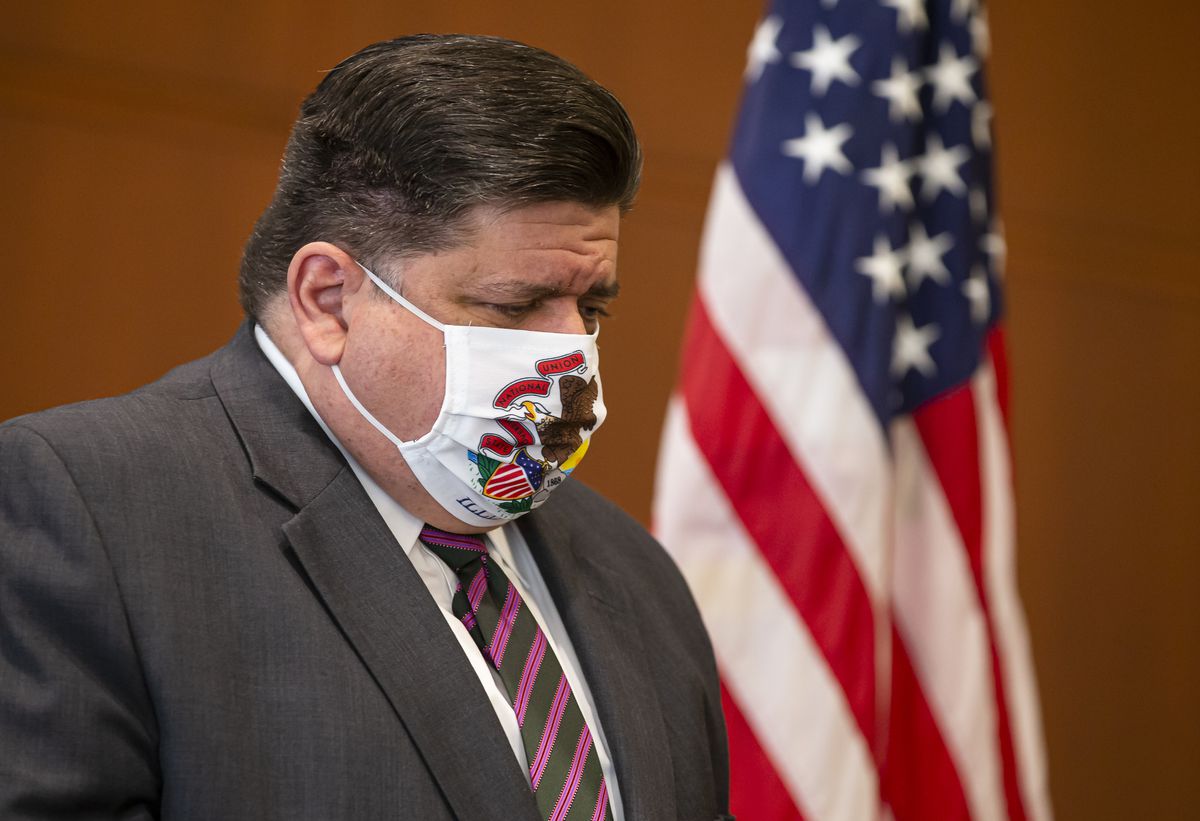The Latest
Illinois shatters daily coronavirus case record again with 6,161 new infections
Illinois coronavirus resurgence took another severe, record-breaking step up Saturday as public health officials announced 6,161 more people have tested positive for the coronavirus statewide.
The stunning case count — which smashed Illinois’ previous daily record by more than 1,200 cases, set just two days earlier — was confirmed among 83,517 tests.
That means 7.4% of the latest tests submitted to the Illinois Department of Public Health came back positive, the highest proportion of infections confirmed in a single day since the beginning of June.
And it sent the statewide average seven-day testing positivity rate up half a percentage point to 6.1%. That number, which indicates how rapidly the virus is spreading, hadn’t topped 6% in over four months.
News
7:35 a.m. Confirmed coronavirus infections are continuing to soar in many parts of the U.S. and Europe
Confirmed coronavirus infections continued to soar Saturday in many parts of the U.S. and Europe. In some cases, so did anger over the restrictions governments put in place to try to stem the tide.
Oklahoma, Illinois, New Mexico and Michigan were among states announcing new record highs in daily confirmed cases Saturday, a day after a nationwide daily record of more than 83,000 reported infections, according to Johns Hopkins University.
Dr. Joneigh Khaldun, Michigan’s chief medical executive, said it’s “now more important than ever that people take this seriously.” The 3,338 new COVID-19 cases in her state topped the old record by more than 1,300.
7:15 a.m. Colleges scramble to help students adjust to COVID-19 restrictions
It’s a major life milestone, the first time many U.S. teens have ever been on their own. Even in normal times, freshman year in college can be a jumbled mix of anticipation, uncertainty and emotional highs and lows.
In these hardly normal times, when the quintessential college experience exists only in catalogs, freshmen are being challenged like never before.
Amid pandemic restrictions aimed at keeping students safe and healthy, colleges are scrambling to help them adjust. But many are struggling.
New Cases
Analysis & Commentary
7:55 a.m. The simple math of ‘excess mortality’ — this pandemic kills
Just how deadly is COVID-19?
The answer to that question should guide every decision our nation makes as to how to keep ourselves and others safe, yet it has proven maddeningly difficult to nail down and agree upon.
In part, the problem has been one of science. Estimated mortality rates from COVID-19 have been revised, up and down, as scientists and health professionals have collected and analyzed new data and devised better medical treatments.
The problem has also been one of politics. From the very beginning, there has been desire by many political leaders, mostly on the right and most obviously President Trump, to downplay the deadliness of the virus. They have found it more expedient to denigrate the science of the disease than to take the bold measures required — actions derided by anti-government conservatives and libertarians — to slow and contain the spread of the disease.
The basic argument made by those who seek to minimize the dangers of COVID-19 is that most people killed by the virus are quite old and already quite sick and on the verge of death anyway. And if a younger person who has the virus were to jump out of a plane and his parachute failed to open, the skeptics joke, some liberal doctor would record the cause of death as COVID-19.
Given this disagreement and doubt, it’s important to stress that there is, in fact, an emerging gold standard for measuring the deadliness of COVID-19 — something researchers call “excess deaths.” And by that sturdy standard, according to a new study by the Centers for Disease Control, the virus actually is more deadly than most news reports would suggest.
That’s a profoundly important message, from what traditionally has been one of our nation’s most trusted research institutions, at a time when rates of COVID-19 are surging again in the United States, including in Illinois.



















